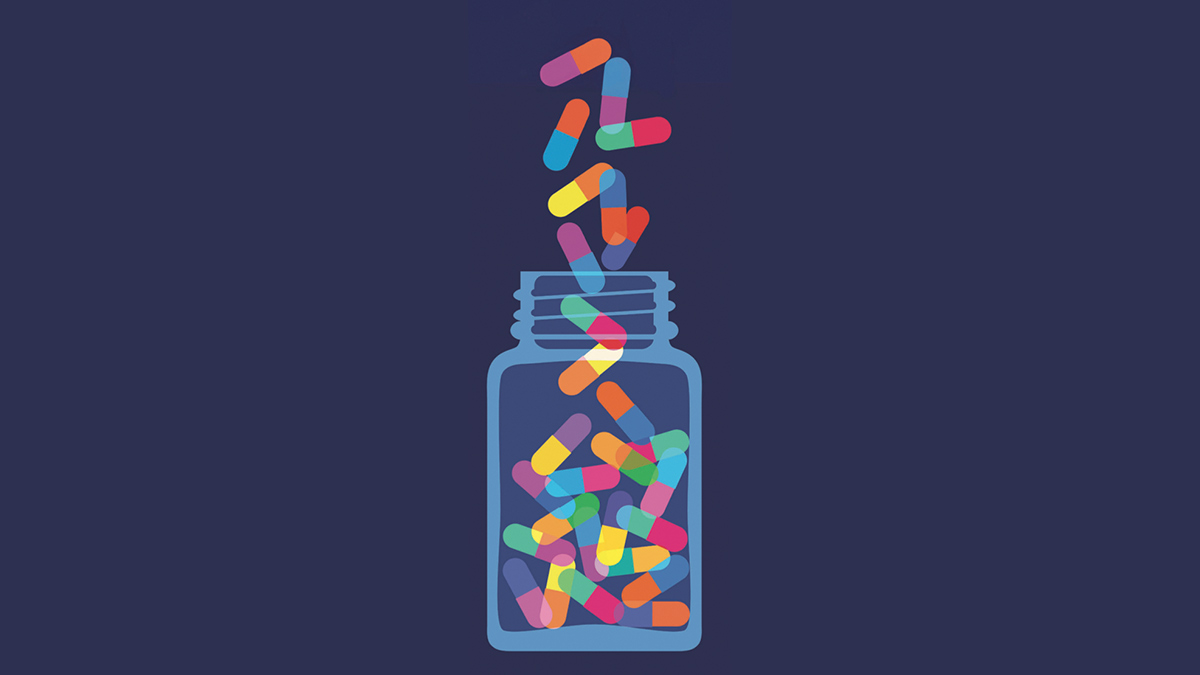Terry Maguire looks at how ‘bad science’ is too often used to convince even those who think they know the science
Back in the early years of the new millennium, I was invited to join an elite group called The UK Pain Management Advisory Board, or some such grandiose title. A PR company I worked for, on and off, made the approach and I quickly said ‘yes’, since to get such an invite was a great boost to my young and naive ego. Me being asked to advise a major pharmaceutical company on pain management and being remunerated handsomely suggested my stock was high — or so I thought.
And so, over the next two years, I attended about six meetings with a small select group consisting of pain consultants, GPs, nurses, and pharmacists. Meetings were held in the most auspicious of venues — on one occasion we met in the boardroom of the Royal College of Surgeons in London, with wood-panelled walls hung with huge portraits of past Presidents. Our task was simple: To work towards a consensus statement on pain management for the UK. For reasons unclear to me then, we failed to reach that agreed consensus and the project just seemed to fall away.
The ‘Ad Board’ — which is how those in the business referred to us — were given research papers to study and presentations from experts at meetings. It was made clear to us that there was, in the UK and around the globe, an epidemic of unmet need in the management of chronic pain. Healthcare professionals were failing their patients by not addressing this and a key problem was our irrational fear of opiate addiction. This, we were told, was unfounded. Opiates were not, after all, the nasty habit-forming drugs of myth but, when used appropriately, were the solution to chronic pain, that unmet clinical need.
We were given three key scientific facts which were pressed home to us at every possible opportunity during our discussions:
- Less than 1 per cent of people treated with opiates become addicted;
- Patients in pain do not become addicted to opiates (opiates are only addictive if used recreationally in people without pain);
- Slow-release formulations significantly reduce opiate addiction, as they avoid the highs and lows associated with reward and punishment, and which are also linked with addiction.
These scientific facts were new to most of the Ad Board; well, certainly to me. Many of the pain consultants and the pharmacists, including myself, were unconvinced. A nationally known doctor, who was also a professor of clinical pharmacology, was brought into one of our final meetings to present a lecture on the fact that patients in pain, due to sensitivity of their mu opiate receptors, were unlikely to become addicted. Opiates, he assured us, citing a body of published work, were not addictive in chronic pain sufferers – opiates only block pain, they don’t give the ‘high’.
I remember the difficult silence at the last meeting when both the doctors and pharmacists refused to accept that the addictive potential of opiates is extremely low in chronic pain patients. The consensus statement must acknowledge, we insisted, a reference to the potential for addiction in some patients. That, it seems, was not what our benefactor wanted.
I was reminded of these meetings while reading Dreamland: The True Story of America’s Opiate Epidemic by investigative journalist Sam Quinones which details US opiate deaths, estimated to number about 600,000 over 15 years.
In Dreamland, Sam Quinones blames the massive rise in oxycodone use in the early years of the millennium squarely on marketing that tricked doctors to change their prescribing practice for pain. This was based on professional consensus statements. Sam identifies these same three scientific facts as the basis of this change. Quinones is not the first author to identify the much-overstated figure that less than 1 per cent of pain patients get addicted to opiates as the key to understanding why so many opiate deaths are now happening in the US. So where did the ‘less than 1 per cent’ figure come from?
The basis of this figure is a short letter to the Editor of the New England Journal of Medicine (NEJM) published in January 1980. It was written by Hershel Jick, a doctor at Boston University School of Medicine. Dr Jick had developed a drug database of hospital-based patients which he hoped to use, and subsequently did use, to publish research on inpatients’ drugs. This database still exists and today is known as The Boston Collaborative Drug Surveillance Programme.
Back in 1980 Dr Jick, with graduate student Jane Porter, who did the calculations for the letter, was wondering about useful ways he could use the data — and the letter to the NEJM was a first test. They observed that only four out of 12,000 hospital patients — mostly those suffering acute pain due to injury or surgery and who were treated with opiates — continued to use opiate medications when they left hospital. This is certainly an interesting observation, but the limits are instantly obvious. The letter — consisting of a single paragraph — did not distinguish between acute and chronic pain, did not identify the opiates used, or for how long, and at what doses. It really is shocking to see this letter as the basis for the long-accepted scientific fact that less than 1 per cent of patients treated with opiates become addicted. Our Ad Board never saw this paper and it wasn’t readily available before the era of research databases.
In the 1980s, the palliative care movement was keen to make better use of opiates
in end-of-life care
In the 1980s, the palliative care movement was keen to make better use of opiates in end-of-life care. Some of their leaders used this paper in their publications, so the letter became cited in other papers by eminent clinicians that were further cited and, in this way, it became an accepted scientific fact. A fact that PR agencies on behalf of large pharmaceutical companies were later able to spin and spin and, in the end, convince US doctors that prescribing opiates was no bad thing at all but a necessary good thing.
The other two facts were equally spurious. The idea that patients in pain have different sensitivity on the mu opiate receptors is largely theoretical with no science to support the idea that addiction is less likely. The use of slow-release formulations likewise is theoretical and is borrowed from other studies on other drugs that show more rapid delivery of a potentially addictive drug leads to higher levels of addiction — think coca leaves versus crack cocaine. So, the three scientific facts are not scientific facts at all, but instead spin from marketing companies working for drug companies.
My benefactor back in 2002 was Napp Pharmaceuticals, which had invented the MS Contin slow-release drug delivery system and first applied it to theophylline and then to morphine sulphate, giving rise to the successful MST brand. It would of course be then applied to oxycodone in OxyContin. In 1966, Napp had become a fully-owned subsidiary of Purdue Pharma, the company responsible for the fraudulent marketing of OxyContin in the US and the subsequent unacceptable loss of lives there. In 2002, Purdue were calling the shots at Napp. That has changed with the break-up of Purdue Pharma, and Napp now fully accepts and supports the need for careful use of opiates in the management of pain.
I am not suggesting for a moment that our Ad Board stopped a similar opiate problem in the UK. Far from it, we were just lucky that we stood our ground but equally we could have agreed to the consensus. Certainly, the UK does not have the profit-based healthcare system that the US has, and which exposed it to the egregious marketing that was core to the problem. Bad science is too often used to convince even those who think they know the science.







